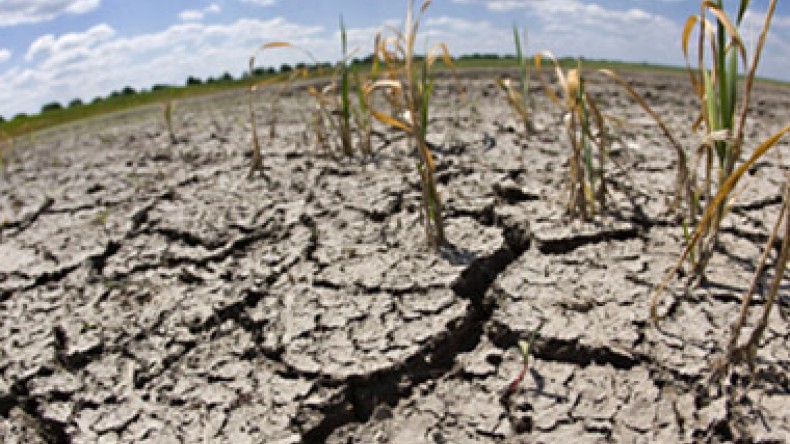
Wars for water: utopia or sad prospect?
Scientists are saying that deficit of fresh water may provoke new wars in the foreseeable future, the Voice of Russia reports.
At present, in total, about 700 mln people in 43 countries of the world are suffering from lack of fresh water. It is expected that by 2025, the number of people who lack fresh water may grow up to 3 bln because of global climate changes and increase of population.
The main problem is the unequal distribution of water resources. The minimum amount of water one person needs a day is 20 liters. However, at present, about 1 bln people in the world can afford only 5 liters a day. The regions where deficit of water presents an especially acute problem are the Middle East, China, India, Central Asia and central and eastern Africa.
“For many countries on the African continent, access to fresh water is an issue of national security,” Russian expert in eastern affairs Marina Sapronova says. “This is why the decision of Ethiopia to build a dam on the Nile is meeting a radical protest from Egypt. Ethiopia is building a large electric power plant on the Nile, which would supply not only Ethiopia, but also several neighboring countries with electric power. However, Egyptians are concerned that if Ethiopia builds a dam on the Nile, Egypt will be deprived of one fourth of its water resources.”
“The problem is that about 98% of Egypt’s population live in the valley of the Nile. If Egyptians start to lack water from the Nile, this would not only cause problems with food, this would also badly affect Egypt’s industrial system and create a serious problem for the country’s national security.”
“From times immemorial, the life of Egyptians was centered around the Nile,” Ms. Sapronova continues. “Besides Egypt, the Nile water is also used by about 10 other states, including such big ones as Sudan, Ethiopia, Kenya, Rwanda, Uganda and Tanzania. In total, the population of these countries makes more than 300 mln people. Within the last 10 years, the economies of Sudan and Ethiopia have been developing rather rapidly. The increasing number of plants and factories is demanding more water and more electricity.”
In Central Asia, a dispute between two former Soviet states – Uzbekistan and Tajikistan – has already been lasting for several years. Tajikistan is building an electric power plant at a place called Rogun on the Vakhsh River. Uzbekistan is concerned that this project may lead to shallowing of the Amu Darya River, into which Vakhsh flows.
“The conflict between the two countries over this project has gone so far that it looks that it couldn’t be solved without interference of the world community,” an expert in Central Asian affairs Andrey Grozin says.
“This conflict has been aggravating the relations between Tajikistan and Uzbekistan for many years,” he says. “In the Soviet time, when both Tajikistan and Kazakhstan were parts of the Soviet Union, the problem of distribution of water resources between areas with much and with little natural water resources, as a rule, was regulated by the Moscow authorities. At that time, practically no residents of the Soviet Union were afraid that one day, they may lack water.”
Scientists are predicting that in some 50 years from now, the Earth’s resources of drinkable water may reduce by one third, if not by one half. This may be caused not only by global climate changes, but also by irrational, if not barbaric, ways of using nature’s water resources by people. If people do not radically change their consumptive approach towards the Earth’s water riches, they may once face real armed wars for water resources.
Newsfeed
Videos






























